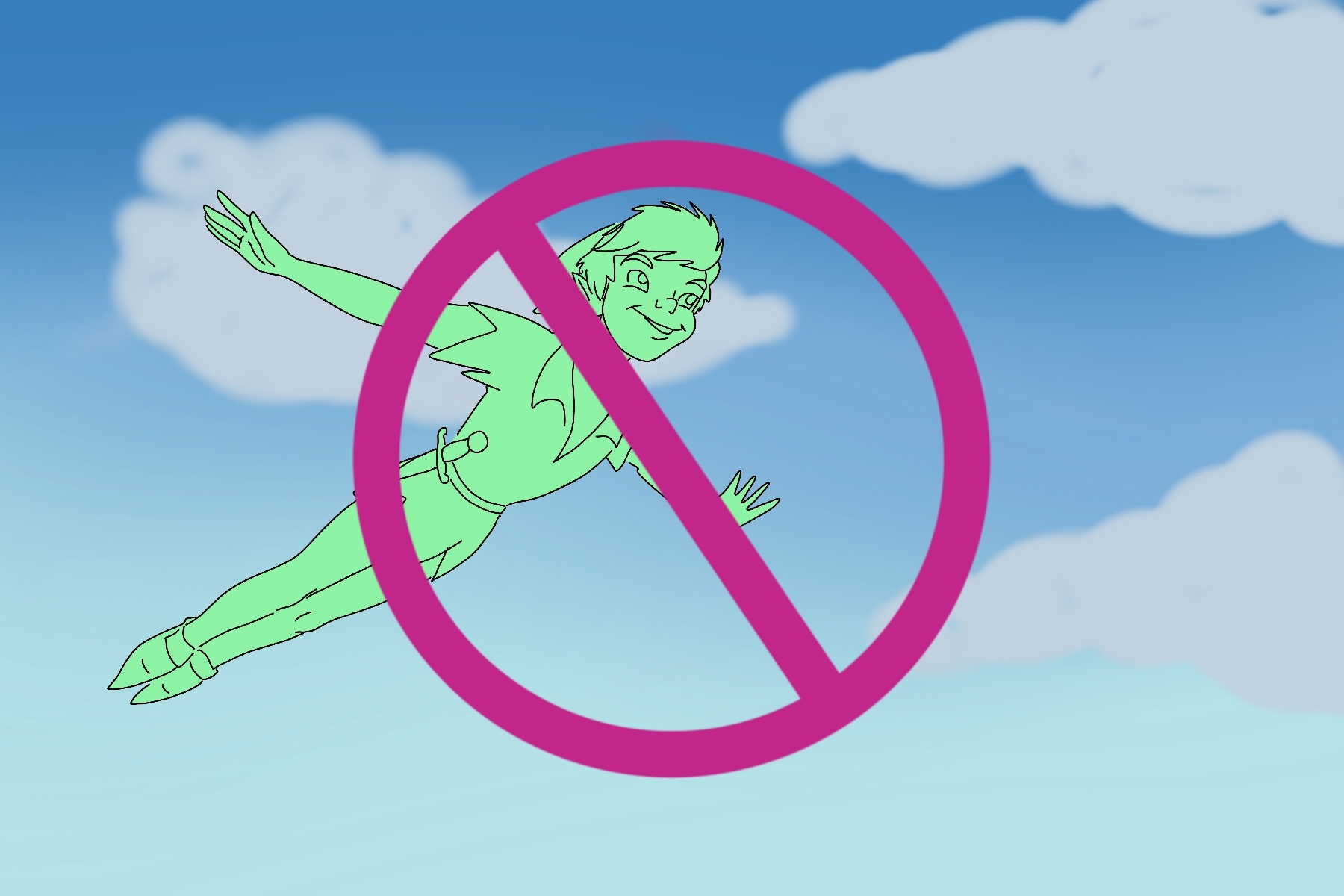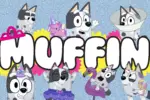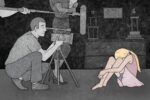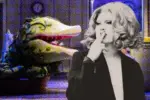Disney is up to its ears in live-action remakes: “Pinocchio” was released in early September, “The Little Mermaid” is set to premiere in May 2023 and “Snow White” will soon follow suit. Unsurprisingly, “Peter Pan” is not exempt from the trend of live-action remakes; “Peter Pan and Wendy” is slated to make its debut in 2023. This isn’t the first “Peter Pan” remake, and it most likely won’t be the last.
Disney has released a dizzying number of live-action remakes since the success of 2010’s “Alice in Wonderland,” to the point that one begins to wonder whether the company has simply run out of ideas. The truth is that Disney never had original ideas in the first place. Their most iconic films, such as “Cinderella” and “Snow White,” were based on fairy tales written and told by other people.
“Cinderella” as told by the Brothers Grimm was a much darker, bloodier tale that involved the evil stepsisters cutting off parts of their feet in order to fit into the glass slipper. The oldest version of “Cinderella” was told in China around 800 A.D., in which a girl named Ye Xian uses magical fish bones to obtain a beautiful cloak and golden slippers to wear to a cave festival, despite her wicked stepmother’s orders to stay home. In the words of “Beauty and the Beast,” Cinderella is a tale as old as time. Disney simply cleaned up the blood, rounded the edges, and turned it into the “Cinderella” story that most children are familiar with. The studio followed the same formula with “Peter Pan.”
The original “Peter Pan” was written by J.M. Barrie in 1911. In the book, Peter Pan is essentially a tyrant. He murders pirates without any stains on his conscience, feeds his Lost Boys pretend meals and magically alters the size and shape of their bodies so they can fit into tree trunks. Although he is about 10 or 12 years old, Peter Pan still has all of his baby teeth.
He and the Lost Boys are cursed with a slowly fading memory that preserves their youth; they have no recollection of their old families or their lives before Neverland. Furthermore, they scarcely remember their previous adventures. They are basically a band of murderous, mannerless, lawless amnesiacs, ruled by a tiny-toothed dictator who refuses to admit when he’s in the wrong. The experience of reading Barrie’s “Peter Pan” is far less wholesome than that of watching the Disney version. The fog over his Neverland is uneasy and anxiety-inducing.
It doesn’t end there; if you’ve seen Disney’s “Peter Pan,” you’re familiar with the racist caricatures of Native Americans in the original film. Disney has a storied history of producing racist films, but this aspect was not a Disney original. The racism is even more flagrant in the source material, in which Barrie writes:
“On the trail of the pirates, stealing noiselessly down the war-path, which is not visible to inexperienced eyes, come the redskins, every one of them with his eyes peeled. They carry tomahawks and knives, and their naked bodies gleam with paint and oil. Strung around them are scalps, of boys as well as of pirates, for these are the Piccaninny tribe, and not to be confused with the softer-hearted Delawares or the Hurons…Bringing up the rear, the place of greatest danger, comes Tiger Lily, proudly erect, a princess in her own right. She is the most beautiful of dusky Dianas and the belle of the Piccaninnies, coquettish, cold and amorous by turns; there is not a brave who would not have the wayward thing to wife, but she staves off the altar with a hatchet.”
There isn’t enough time in one day to analyze everything wrong with that paragraph. Sure, it was written in 1911, but it’s not just ignorant, it’s outright malicious. “Piccaninny” refers to a disgusting and dehumanizing racial caricature of black children. Barrie portrays Native Americans as wild, and murderous and implies that they are violently lecherous, indicated by Tiger Lily “staving off the altar with a hatchet.” Later in the book, the tribe calls Peter Pan the “Great White Father” and “prostrate themselves before him.” Tiger Lily’s dialogue is similarly reduced to a racist caricature: “Peter Pan save me, me his velly nice friend. Me no let pirates hurt him.”
One of the most popular retellings of “Peter Pan” is “Hook,” starring Robin Williams. This version largely sidesteps the racism present in the original versions by removing Tiger Lily altogether. How will the latest adaptation confront this issue? In an interview with Entertainment Weekly, David Lowery, the director of the upcoming “Peter Pan” remake, said, “The original Peter Pan movie’s obviously horribly racist, and so that will have to go out the window.” The phrase “go out the window” is just vague enough to be mildly alarming. It will be interesting to see how the newest film grapples with the legacy of the older versions and whether it is possible to overcome its more nefarious roots.
This raises a more philosophical question: Should we embrace the Disney version that is working to correct the racism present in the original, or is it better to leave “Peter Pan” in the past? I don’t know if “Peter Pan” is worth saving, but for Disney to evolve, they will have to continue developing new classics that can withstand the test of time. These remakes aren’t going to keep up with audience expectations in the same way that the animated films (and their storybook predecessors) will. The CGI will age and become dated as the technology advances, and without nostalgia to endear us to these remakes, they will slowly fall into obscurity. While some Disney films deserve a second chance, I’m not sure that “Peter Pan” is one of them.

















